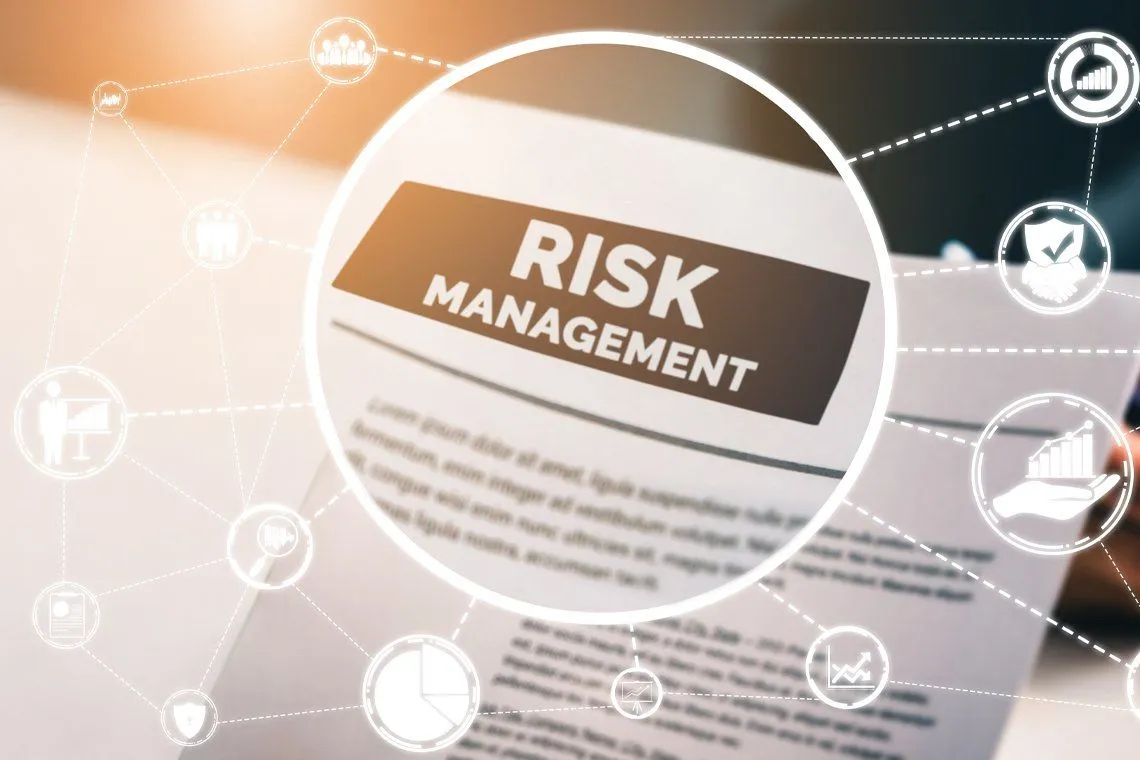What is Risk Reduction on a Hydraulic Press?
Improving safety requirements for the sake of your workers and your business
Risk can be defined as the hazards associated with working on or near your equipment. Risk as it relates to a hydraulic press can include slip and fall incidents where there are oil leaks, component failures, power failures and more. Risk reduction seeks to minimize the severity and frequency of loss. To reduce risks associated with using a hydraulic press in your workplace is to protect your workers from harm and to keep your business OSHA and ANSI compliant. What are some ways to avoid, safeguard and maintain risk where hydraulic presses are used? Let’s find out...
Avoiding Risk
In former times, hydraulic press operators did not have many rules aside from using common sense to operate the equipment and to get the job done. Common sense turned to creating the most “efficient’ process which might have consisted of the press continuously running while operators switched out parts by hand with the hammer still in motion.
Today, we have standards in place provided by OSHA and ANSI, as well as published best practices, to help us avoid and reduce potential risks associated with your hydraulic press. There are many options to upgrade safety measures to avoid as much risk as possible, such as providing better training and implementing additional components that can protect workers.
Performing Risk Assessments
For risk assessments on heavy machinery, the process includes identifying a machine’s intended use, how the machine is likely to be misused, and identifying hazards in connection to the machine. Furthermore, you should identify who encounters the machine and breakdown potential areas of risk in the tasks associated with each operator.
There are two responsible parties who are expected to perform risk assessments on heavy machinery. The equipment supplier is responsible for assessing risk in terms of the design, construction, and information provided for operation and maintenance. The equipment operators are responsible for assessing the risk associated with operating and performing maintenance on the hydraulic press. Reference ANSI B11 Risk Assessment Process to ensure you are reducing your risk to acceptable levels.
If following national standards, note that the OHSA does require a risk assessment to be completed before employing your hydraulic press and ANSI highly suggests completing one before operation can be deemed safe.
Safeguarding Against Unavoidable Risk
After you’ve done everything to eliminate risk where possible, you may find that some risk is still present. This is typically referred to as residual risk. If your risk cannot be eliminated or minimized through various practices, then the next best thing is to safeguard against it. This could mean preventing access to the risk or removing the risk entirely, if possible.
It is best practice when safeguarding unavoidable risk to create barriers, written procedures, visual and audio warnings, and offer personal protective equipment to operators and maintenance personnel. Safeguarding residual risk on your hydraulic press can also come in the form of adding safety controls such as light curtains and relays to protect the workers and the equipment.
Maintain ALARP Risk
ALARP, or as low as reasonably practicable, is a cost and benefit analysis that seeks to reduce residual risk as much as possible. It suggests there is a scale of intolerable, tolerable, and acceptable risk levels. You can use this value system to determine what actions need to be taken to control the unavoidable risks and assess whether the benefits outweigh the costs of avoiding risk in order to practice good health and safety standards. It’s important to note that intolerable risk is non-negotiable when deemed hazardous, it must be managed regardless of cost.
Consider Us To Be Your Expert Resource
|
You never want to sit idly while your workers and business are exposed to a known risk. Ensure you’re responsibly managing your press safety. Talk to our experts to upgrade your press’s safety controls today. |

|


